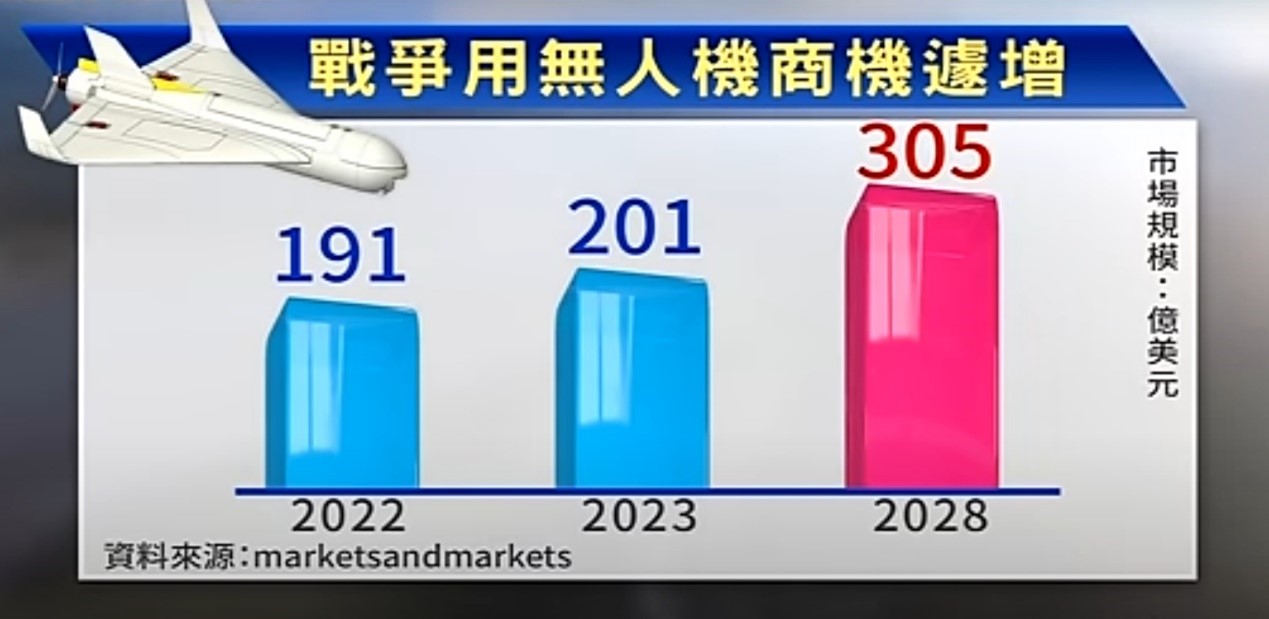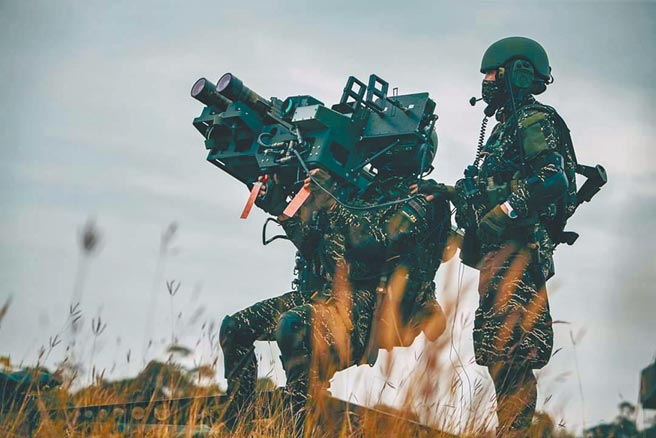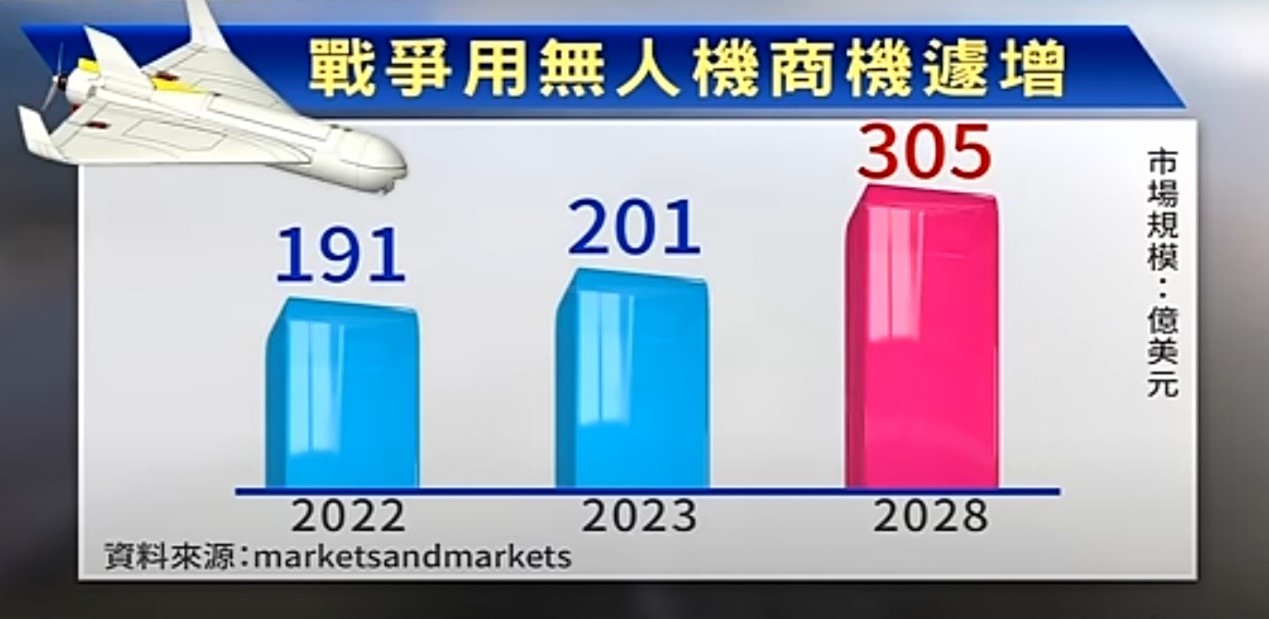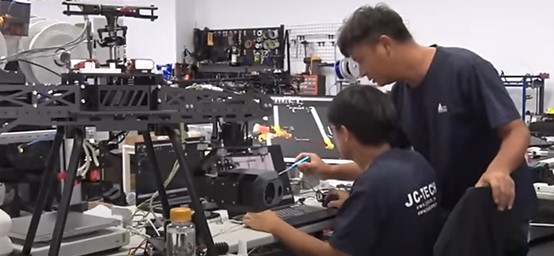- Home
- News
- Unmanned Vehicle
- Global Aerospace and Defense Technology Demand Surges, MIT UAV Opportunities Rising
Global Aerospace and Defense Technology Demand Surges, MIT UAV Opportunities Rising

(November 11, 2024 / Taipei) — The Russia–Ukraine war continues to rage, representing the most devastating armed conflict in Europe since World War II. Facing the world’s second-largest military power, Ukraine has waged a hard-fought war of attrition using asymmetric warfare tactics, and one “key tool” is gradually reshaping the character of modern combat. Unlike traditional force deployments, both Ukraine and Israel have widely employed low-cost unmanned systems on the battlefield. JCTECH’s FLYINGFISH drone concept stems from this idea: upgrading conventional weapons such as grenades and mortars into remote precision-strike systems that can reduce battlefield casualties and deliver decisive effects.

When wars are fought with time and money, low-cost and high-efficiency drones naturally become the strategic focal point of offense and defense under fire, and this enormous demand is giving rise to new business opportunities. According to forecasts by global market research and consulting firms, the market for military-purpose drones will expand from USD 20.1 billion in 2023 to over USD 30 billion by 2028, growing at a compound annual growth rate (CAGR) of 8.6%. In 2023, JCTECH took the lead by developing and integrating the fully Made-in-Taiwan (MIT), dual-use FLYINGFISH Series UAVs, which have already been delivered to several sites for trial use.

JCTECH’s FLYINGFISH UAV combines enhanced payload capacity with a range exceeding 20 kilometers, achieving extreme lightweight design and fully autonomous operation. Requiring no manual control, the system discards traditional remote controllers—operators simply enter strike coordinates on a tablet, and after launch the FLYINGFISH executes the mission autonomously, enabling single soldiers to rapidly deploy it in the field. This dual-use, civil-to-military transition exemplifies true wartime/adaptive versatility.
The compact FLYINGFISH is built entirely in Taiwan. Its airframe uses a specialized EPO material that reduces radar signature. Operating like a “flying robot” on scripted patrol modes, every mission profile is preprogrammed. JCTECH developed the flight control system in-house—covering gimbal hardware, payload cameras, and optical subsystems—and uses advanced edge-computing modules powered by AI. Even if communications are disrupted, onboard edge AI allows the UAV to continue and complete its precision mission according to the original plan.
At the core of the platform is computer-vision recognition capability, enabling the FLYINGFISH to identify and engage targets with lightning speed. All hardware and software components are proudly Made-in-Taiwan (MIT).

By continuously optimizing and upgrading the system based on real-time battlefield feedback, JCTECH has learned that traditional modes of warfare no longer meet modern operational demands. Because these improvements come directly from frontline input, we recognize that low cost, mass producibility, and intelligent autonomy—rather than legacy approaches—are the prevailing trends.
Future iterations of the FLYINGFISH UAV will embody increasingly advanced AI capabilities and greater autonomy: the platform will be able to autonomously search for and identify target objects such as vessels or armored vehicles. Tasks are assigned and executed by software according to strategic and tactical plans, allowing missions to be completed incrementally within the operator’s overall deployment framework.
Article Classification
Recent Articles
- Notice to Shareholders: Beware of Fraud
- Official Statement from JcTech Regarding False Information and Impersonation
- Global Aerospace and Defense Technology Demand Surges, MIT UAV Opportunities Rising
- JCTECH to Showcase FLYINGFISH UAV System at Taipei World Trade Center Hall 1 from October 17–19
- JCTECH News Interview to Premiere on September 28 at 11:00 PM on Era News Channel 50